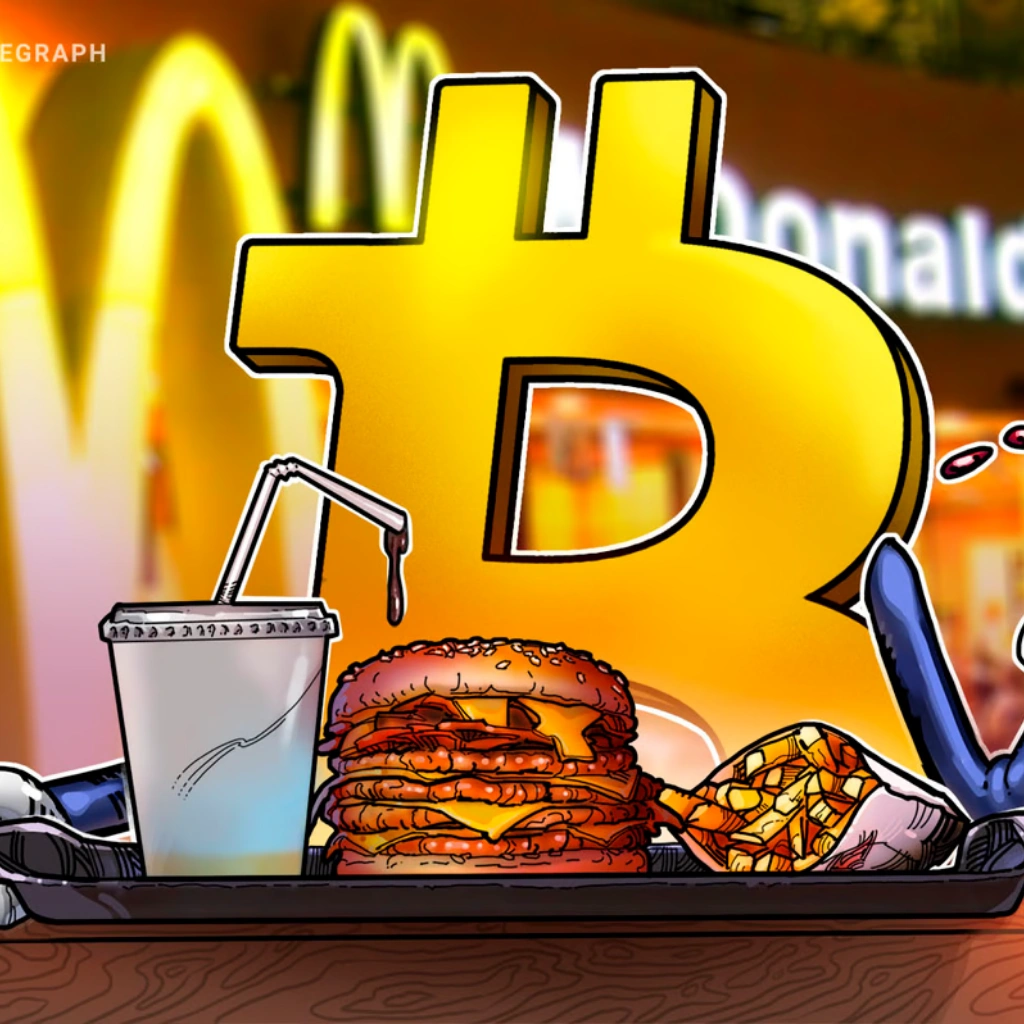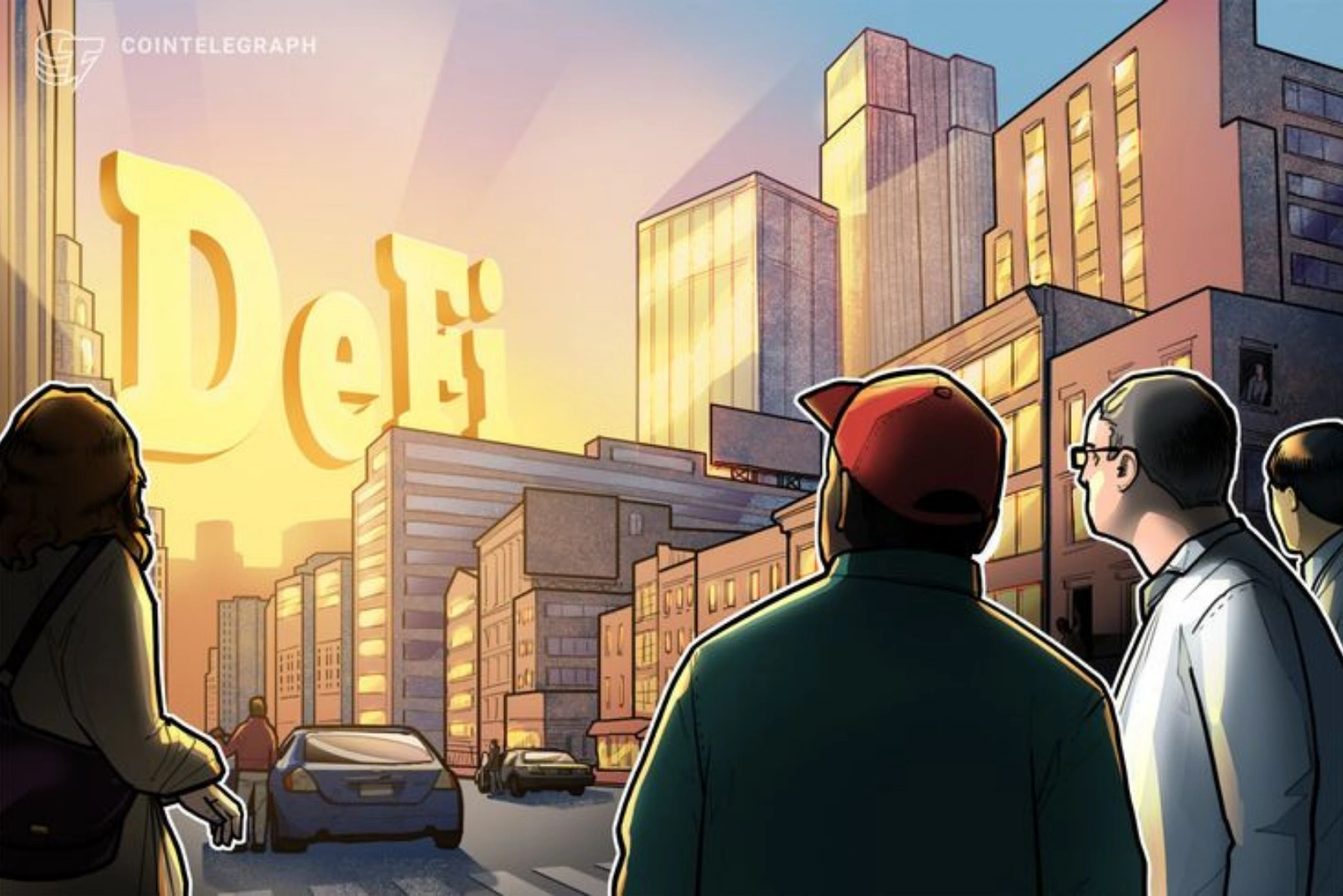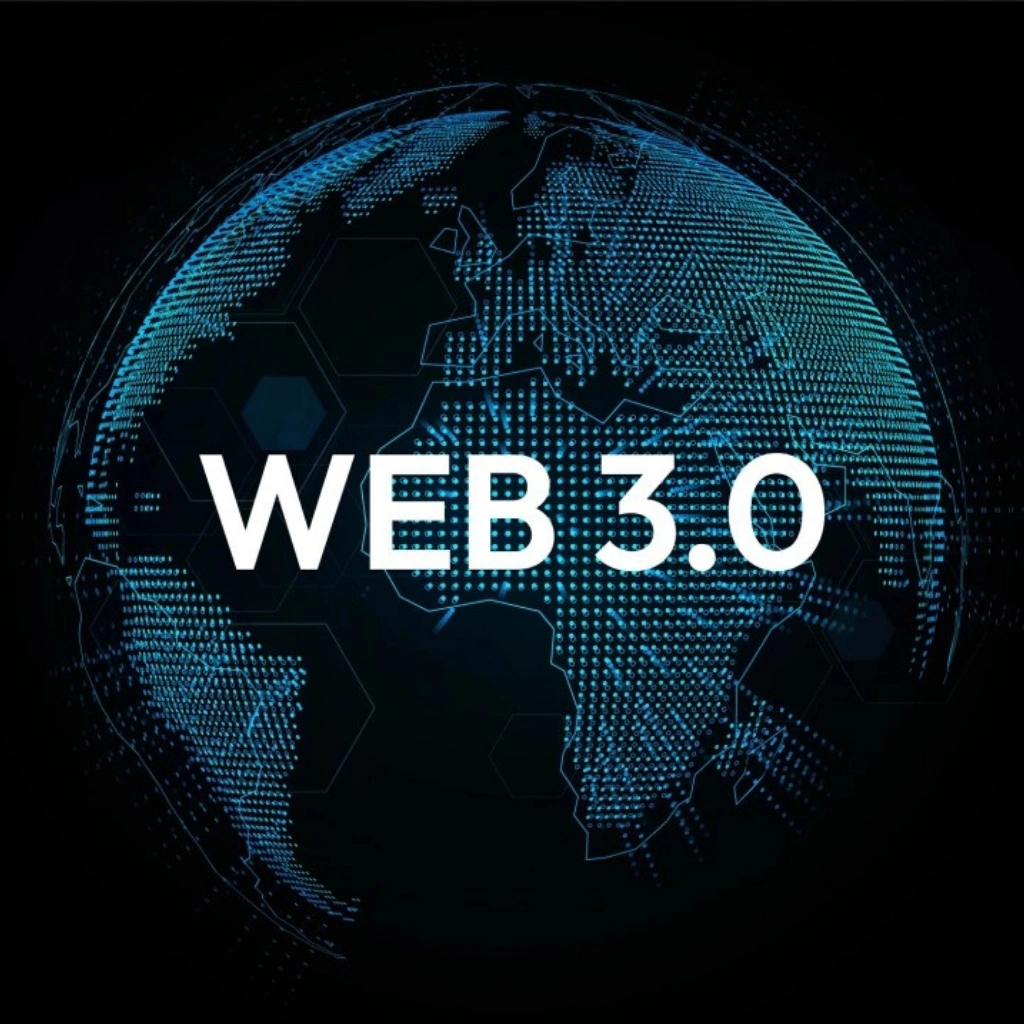Metamask wallet : When Lisa first heard about NFTs, she wasn’t thinking about crypto wallets or blockchains. She was just curious—about digital art, about what everyone on Twitter was raving about. She didn’t have a background in finance or tech. Just a love for design and a sense that something was shifting online.
That curiosity led her straight to the Metamask wallet—a name she kept stumbling across whenever people talked about Ethereum or Web3 apps.
At first, it sounded complicated. A browser extension? Seed phrases? Self-custody? But once she got the hang of it, Lisa realized: this wasn’t just a wallet. It was a key.
Discovering it—One Click at a Time
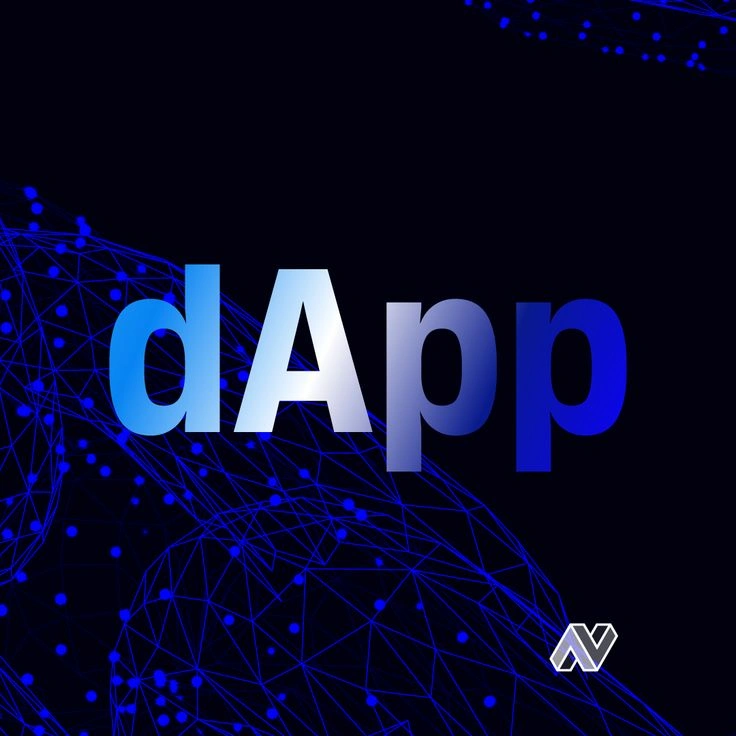
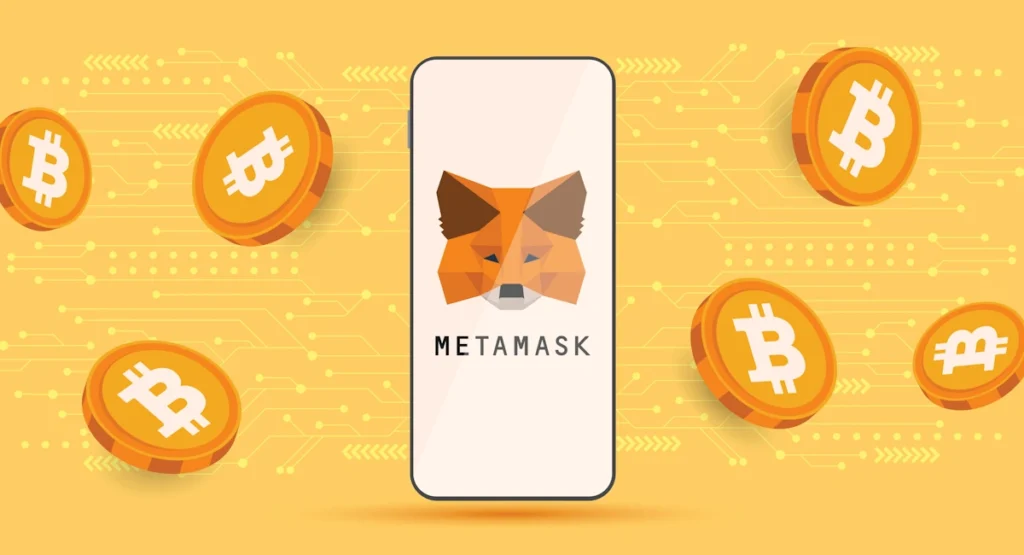
Lisa started small. After watching a few YouTube explainers, she installed Metamask on Chrome. It asked her to write down a “seed phrase”—12 random words that would restore her wallet if anything ever went wrong.
She paused. Was this serious? No username, no email, no password reset link?
Yup. That’s the deal. With Metamask, you hold the keys—literally and figuratively. Lisa jotted her phrase down on paper (not in Notes), tucked it away, and took a breath.
Then, something clicked.
She got her own wallet address, which felt a little like opening a mailbox on a new digital planet. Within minutes, she was browsing OpenSea, connecting to her first dApp, and sending a tiny bit of ETH—just to see if it worked. It did.
Why the Metamask Wallet Became Lisa’s Web3 Passport
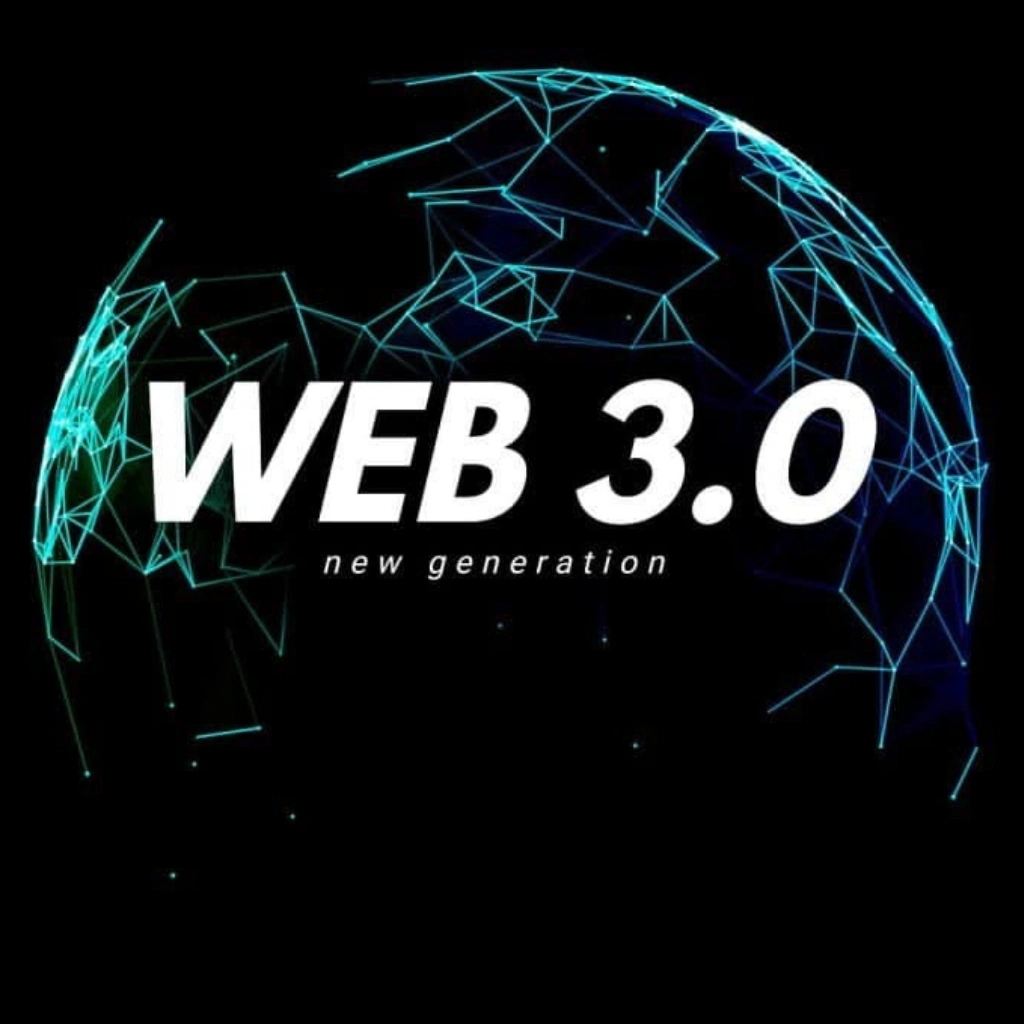

For Lisa, and honestly for a lot of people entering the space, Metamask quickly became more than a utility. It was her Web3 passport.
Need to mint an NFT? Metamask.
Want to swap tokens without an exchange? Metamask.
Curious about staking, DAOs, or blockchain games? All roads seemed to lead back to that little fox icon in her browser.
It wasn’t always smooth. Sometimes transactions got stuck. Sometimes gas fees spiked. But compared to other wallets she tried, Metamask just… worked. And that simplicity, paired with wide support, made it the obvious choice.
Was it Safe? That Part Took Learning


Lisa didn’t grow up with crypto. She wasn’t used to the idea of being her own bank. So at first, every step felt risky.
Was it safe to connect to that site?
Was this really the right extension?
She heard horror stories—scams, phishing links, people losing everything. But she learned fast. Only install from the official Metamask site. Double-check dApp URLs. And most importantly: never, ever share your seed phrase.
She started using a hardware wallet for bigger transactions. It was a learning curve—but a worthwhile one.
What Lisa Uses Metamask Wallet For Now
Today, Lisa’s not just a curious observer. She’s part of the Web3 ecosystem. And her Metamask wallet? Still central to it all.
She uses it to:
- Buy and sell NFTs (some of her own art, even!)
- Bridge to other blockchains like Polygon
- Connect to DAO forums and governance tools
- Explore DeFi platforms (just a little—still learning)
- Manage multiple wallets for different projects
It’s not just a wallet. It’s her digital identity across the decentralized web.
Final Thoughts: What the Metamask Wallet Opened Up
Would Lisa recommend the Metamask wallet to everyone? Not quite. If you’re just holding Bitcoin on an exchange and don’t plan to touch Web3—maybe not worth it.
But if you’re even a little curious about Ethereum, about NFTs, about what’s happening with this next version of the internet?
Then yeah—Metamask wallet is a must. It’s free, it’s relatively easy to learn, and it unlocks a whole world of decentralized tools and creativity.
Is it perfect? No. But neither is the internet. And that’s kinda the point.
As Lisa now puts it: “Metamask didn’t just give me a wallet. It gave me a way in.”
Relevant News: HERE


